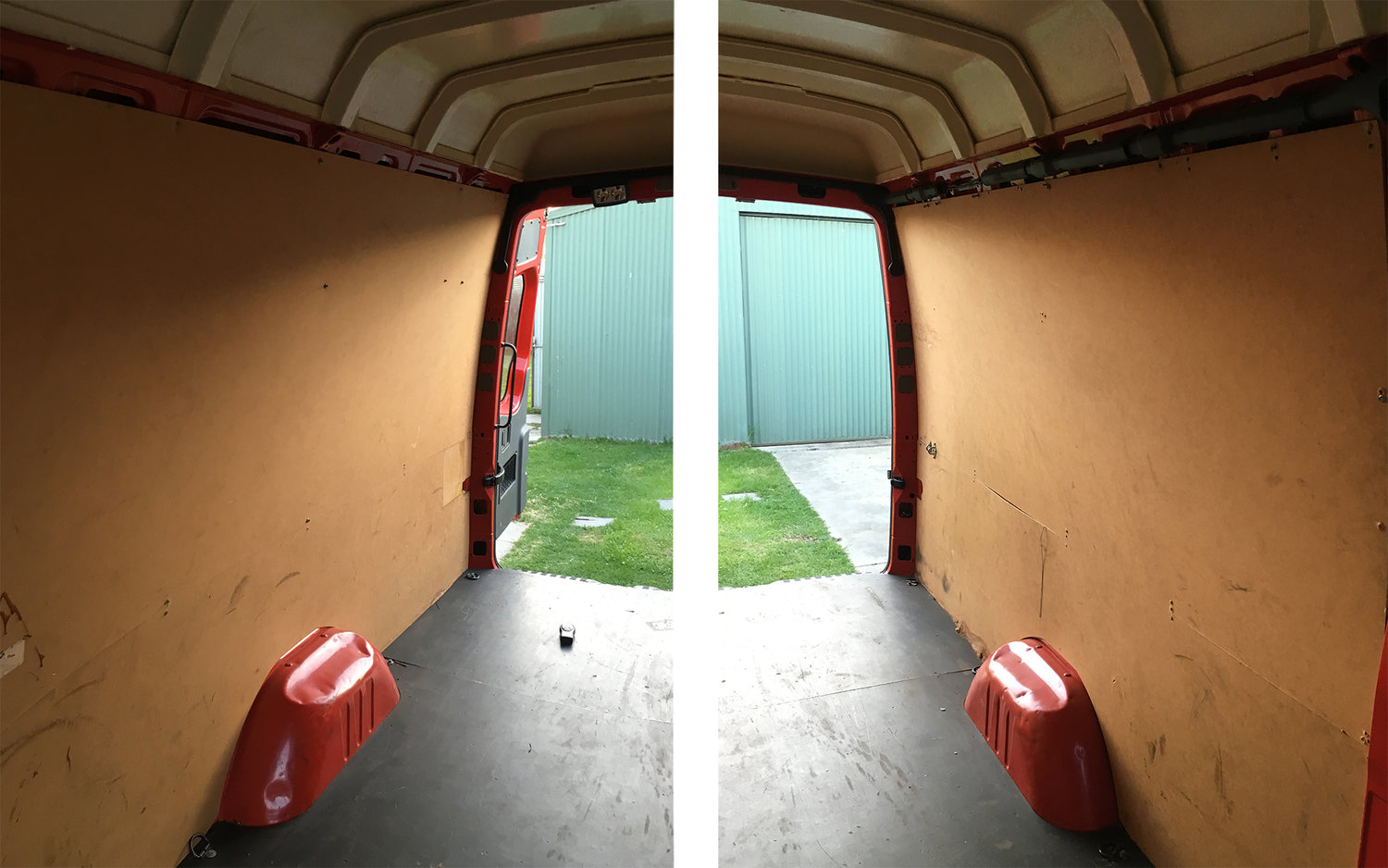VAN BUILD - How we Insulated our Van
We did a bit of research on insulation and what to insulate a van with, but we really struggled to make an informed decision. There are so many different opinions on the internet about what to use and how to use it. There's a lot of talk about Reflectix and it seems as though it's used in most American van conversions, so we thought we'd look into that. Unfortunately, being in Australia made it tricky to source the genuine thing. We looked at imitations of Refletix but it kind of looked like rubbish and it wasn't much cheaper. So we popped into Bunnings Warehouse (an Australian hardware store FYI) to have a chat with the guys and girls there. While they knew a fair bit about insulation in general, they couldn't really recommend with confidence a product or method that they knew would be effective for our van. Frankly they'd never come across anyone insulating a van before.
In the end, we decided to just wing it and went with 3 different products:
Ametalin ThermalBreak8, Ametailn SilverWrap and Knauf EarthWool.
We got pretty lucky with our van, it came with thin MDF panels already attached to the interior walls that we could reuse for our walls. This saved us a bit of time, money and effort!
Method:
Once we had removed the MDF sheets from the walls, we cleaned the inside of the van wall with a good quality wax & grease remover.
While the wax & grease remover was drying we cut the ThermalBreak insulation using a decent pair of scissors. We’d roughly measured the size of each section and just guessed the radius of the corners. Technically we could have made a cardboard template for each piece, but at the time that just seemed like too much effort...
Next we used a spray adhesive on the van walls (a fairly thick coat), then left it to sit for 5 minutes. This was followed by a second thick coat, and another 5-minute rest. We did the same spray-res-spray method on the back of the insulation sheet we’d just cut before finally sticking the insulation to the wall. Using a clean rag, we firmly rubbed the face of the insulation sheet to make sure the sheet was stuck on the wall evenly.
Once most of the walls were covered with the ThermallBreak sheeting we stuffed Earthwool insulation into the framework of the walls where we couldn't get the ThermalBreak insulation to cover.
Once all the frame work had been stuffed with Earthwool, we cleaned the MDF wall-panels that came pre-fitted in our van and lined the "inside"of them with the Ametalin SilverWrap, a thin reflective foil insulation. We used the spray adhesive on both the SilverWrap and the MDF sides.
Once the spray adhesive was dry, the MDF wall panels went back on. We deliberately left extra SilverWrap overhanging the edges of the sheet so we could easily trim the surplus off later.
And you’re done!
The big question: Does it work?
To a degree, yes. We shudder to think what living in the van would be like without it. Whilst it still gets pretty warm in the van on very hot days, it's not unbearable. More notably it's made a huge difference when it comes to the cold. Even sleeping overnight in the snow, the van stays at a reasonable temperature as long as we keep all the doors closed.
An added bonus of using the Ameltin Thermalbreak insulation is that it significantly reduces the amount of noise that comes through the van walls from outside. By a huge amount in fact. So ten points to insulation!
Tips:
Plan all of your electrical wiring, water, and gas lines before installing your insulation.
Read the instructions on your spray adhesive before you start to spray. (the times we haven’t done this with products usually equals disaster)
Use decent scissors and/or blade to cut the insulation.
Wear appropriate protection like dust masks/respirators when handling loose fibre insulation. You don’t want that crap in your lungs.




